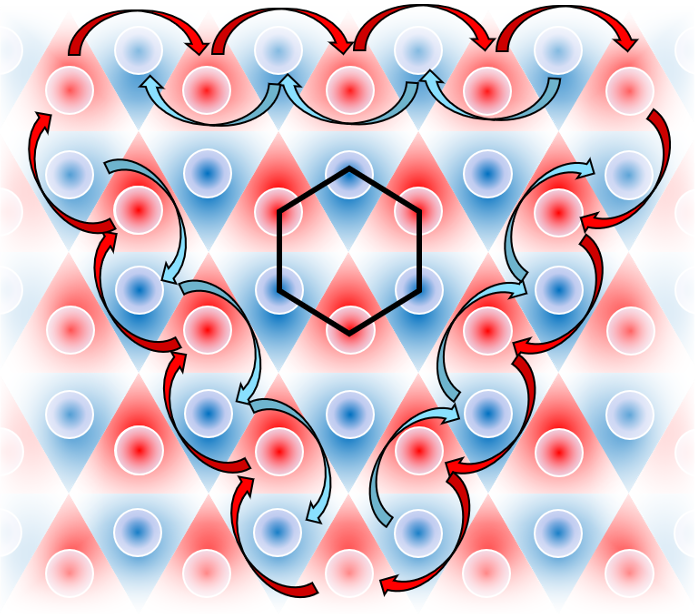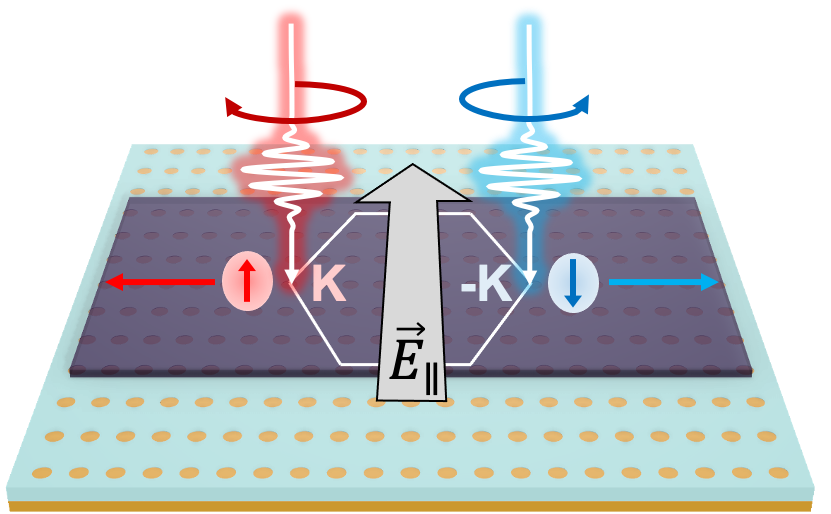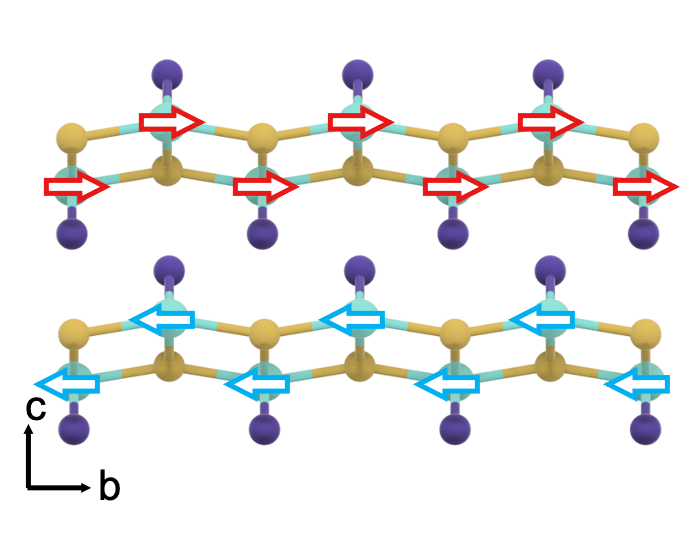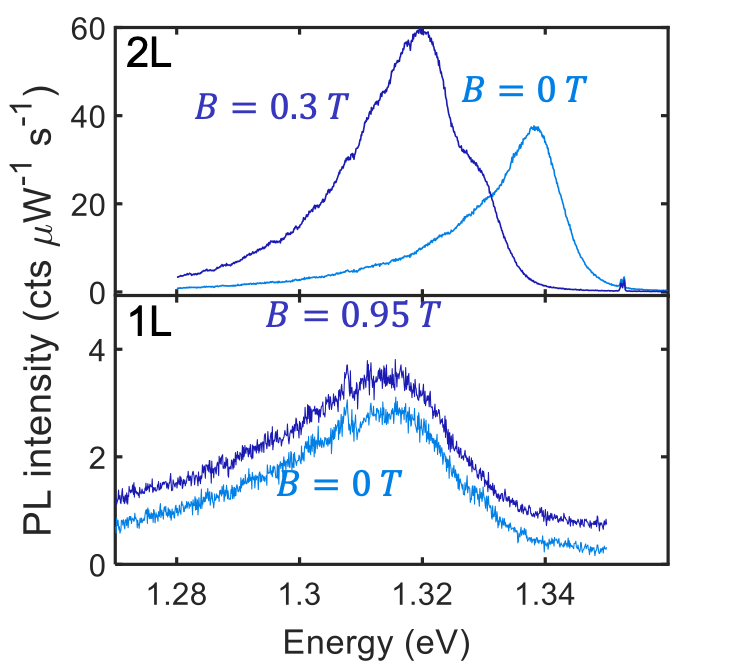|
Engineered Quantum Matter - Research
Group leader: Dr. Nathan P. Wilson (Chair of Prof. Dr. Jonathan Finley)
Engineered substrates and
synthetic superlattices
 Superlattices
are artificial, periodic potentials which are used to confined particles and
quasiparticles such as atoms, electrons, or excitons. Particles trapped in a
superlattice can form simulated crystals, and, through particle-particle
interactions, become strongly correlated. By controlling parameters such as the
superlattice filling factor, spin statistics, particle type, and by tuning
particle-particle interactions, one can realize a wide variety of quantum
phenomena. Examples include superfluidity, correlated insulating states,
superconductivity, topological bands, and magnetism. Superlattice structures
can also be used to guide and manipulate single particles, to create unique
lattice-based electronic, excitonic, and spintronic devices for quantum
networks. Superlattices
are artificial, periodic potentials which are used to confined particles and
quasiparticles such as atoms, electrons, or excitons. Particles trapped in a
superlattice can form simulated crystals, and, through particle-particle
interactions, become strongly correlated. By controlling parameters such as the
superlattice filling factor, spin statistics, particle type, and by tuning
particle-particle interactions, one can realize a wide variety of quantum
phenomena. Examples include superfluidity, correlated insulating states,
superconductivity, topological bands, and magnetism. Superlattice structures
can also be used to guide and manipulate single particles, to create unique
lattice-based electronic, excitonic, and spintronic devices for quantum
networks.

Our
goal is to create superlattices to trap excitons in 2D semiconductors via
substrate engineering. Our approach capitalizes on the precision and reproducibility of
conventional lithography techniques while exploiting van der Waals fabrication
to create heterostructures with ultra-low disorder.
Relevant publications Excitons and emergent quantum phenomena in stacked 2D semiconductors
Signatures of moiré-trapped valley excitons in MoSe2/WSe2 heterobilayers
Collaborators
Andreas Stier (WSI) Matteo Barbone (TUM - ZNN)
2D magnetic semiconductors
The
chromium chalcogen halides (CrXH) are an emerging family of 2D semiconductors
with a direct bandgap, highly anisotropic structural and electronic properties,
and robust magnetic order with ordering temperatures up to room temperature. We
seek to understand and engineer interactions between the magnetic order in CrXH
compounds and the excitons they host. The unique magnetic and optical
properties of CrXH materials present unique opportunities to develop spintronic
devices with magnetic and optical controllability.  
Relevant publications Excitons in a 2D magnetic semiconductor
Electrical control of magnetism in bilayer CrI3
Giant Magnetoresistance in spin-filter van der Waals heterostructures
Collaborators
Andreas Stier (TUM - WSI)
Zdenek Sofer (VSCHT Prague) Clement Faugeras (LNCMI, CNRS Grenoble) Jacek Kasprzak (Institut Néel, CNRS Grenoble) Christian Back/Lin Chen (TUM - Physics, MCQST)
|






